ONLY Buy These Types of Homes in Dallas TX
The Living in Dallas Texas Team is the best relocation team in the Dallas area. Levi Lascsak founded the Living in Dallas Texas Team in 2020, and now the Living in Dallas Texas Team is the #1 Dallas relocation team and have serviced over 500 relocation clients worldwide of all budgets and lifestyle needs. Levi Lascsak is the top real estate agent in the North Dallas area, and he and his partner, Travis Plumb are 5-time ICON agents in Texas. The Living in Dallas Texas Team would love to help you make a smooth move to Dallas!
======
Thinking about planting roots in the bustling Dallas-Fort Worth (DFW) area? It’s an exciting move, but the market here can be tricky. Buying the wrong house can cost you tens of thousands in missed appreciation or unexpected repairs.
We’re breaking down the insider strategies for selecting homes in Dallas that are poised for financial growth, stability, and peace of mind. Forget chasing the hot neighborhood everyone's already talking about—we’re showing you how to find the next big one.
Follow the Money: The Retailer Growth Strategy
The first piece of advice is counter-intuitive: stop following the crowds and start following the grocery stores.
Big box retailers and large grocery chains don't gamble. Before they commit to a new location, they perform months of deep market research. They spend millions only when they are certain significant residential growth is coming.
- Look for H-E-B and Costco: When Texas staples like H-E-B expand, or when major wholesalers like Costco open new stores (especially in areas like Prosper or Celina), property values usually follow, and they appreciate faster than homes just a few minutes away.
- The Mixed-Use Indicator: Keep an eye out for massive mixed-use developments, like the $3 billion project in Frisco that’s bringing in a Whole Foods. This level of investment signals the "big players" are betting on the long-term value of the area.
- The Starbucks Signal: An even earlier indicator is a new Starbucks. If you see one opening near open fields, new development is imminent. If one opens in an older community, it’s often the first sign that gentrification is beginning.
When you buy a home in the path of this commercial growth, you're buying into an area that's literally scheduled to increase in value.
2. Timing Your Purchase in Master-Planned Communities
Master-planned communities (MPCs) are everywhere in North Dallas, but buyers often get the timing wrong, costing them thousands. The best deal isn't always the first deal.
While Phase One offers the lowest entry price, the most customization options, and the highest potential for appreciation, you’ll be living with construction noise for years and waiting for promised amenities to be completed.
The smarter approach is often buying in Phase Two or Three:
- Amenities are Ready: You can enjoy the pools, fitness centers, and trails (like the Blue Lagoon at Winsong Ranch) right away. No more hoping and praying for them to be finished.
- Builder Quality is Proven: You can assess the quality of construction from Phase One, gauge the builder’s ability to finish on time, and see if they fix problems properly.
- Incentives are Still Strong: Builders often offer huge incentives—like rate buy-downs and closing cost credits—especially toward the end of a quarter or the end of the year to clear inventory.
This approach gives you the stability of a built-out community with much less risk.
3. Guard Your Investment: Prioritize Stable School Districts
For families, school stability is non-negotiable—it directly impacts your home’s value. Buying a home specifically for a top-rated school only to have your kids rezoned two years later is a devastating risk that happens more often than you think in high-growth areas.
- Look for Stability: Districts with stable boundaries and steady enrollment like Carroll ISD (Southlake) or Highland Park ISD are considered the gold standard and best protect your home’s long-term value.
- Avoid High-Growth Rezoning Risk: While areas like Prosper and Celina are booming, the massive growth means boundary changes are guaranteed. Celina, for example, is set to quadruple its enrollment by the early 2030s, necessitating billions in new schools and constant rezoning.
4. The Structural Safety Net: Finding the "Sweet Spot" Home
In Dallas, the vast amounts of expansive clay soil mean foundation quality is paramount. This soil can expand up to 75% when wet, creating tons of pressure per square foot. A builder cutting corners can erase years of savings with one crack.
The best strategy to avoid costly foundation issues is to target a home in a specific age range: the 3-year-old "Sweet Spot."
- Foundation Settling is Complete: A home’s foundation settles most aggressively in the first 6 to 18 months and typically levels out by Year 3. By buying a three-year-old home, you skip the risky shifting phase.
- Warranty is Still in Play: Most builders offer a structural warranty (often 10 years, though this can be legislated down to 6) that transfers to the new owner. If you buy a three-year-old home, you could still have 7 years of coverage left on a house that has already proven its stability.
Always ask for soil reports from licensed engineers to ensure the foundation was designed properly for the Dallas clay!
Conclusion
The secret to success in the Dallas real estate market isn't just about the location; it’s about stacking strategies—combining retail growth indicators, smart timing in MPCs, stable school districts, and homes with settled foundations. If you can target the rare DFW homes that align with these criteria, you are setting yourself up for financial success and long-term security.
If you’re planning a move and need guidance navigating these complex neighborhoods, reaching out to a local relocation expert can save you thousands and help you find that perfect, low-risk, high-value home.
If you’re shopping for homes in Dallas or want to sell your current home,
please reach out to the Living in Dallas Texas team so we can create a seamless
home buying or selling process for you!










